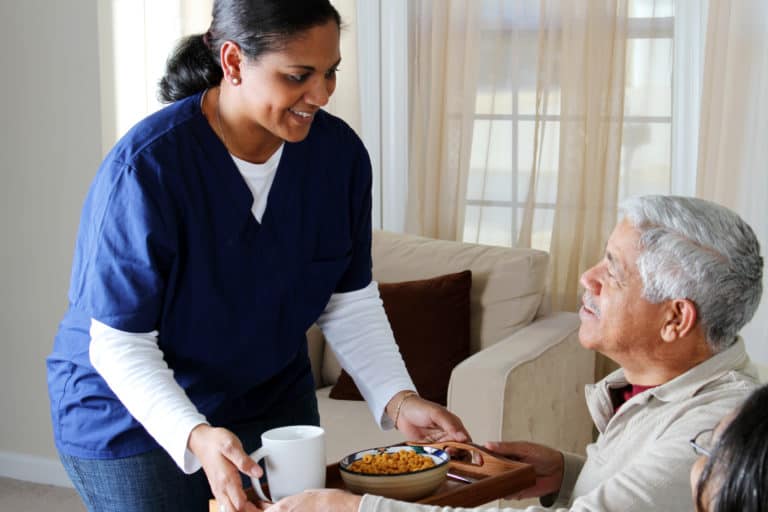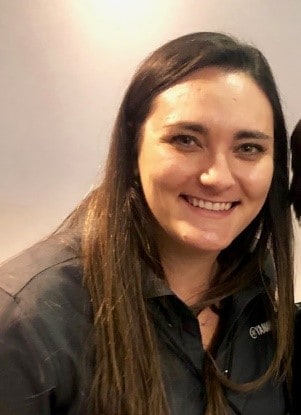Wisconsin’s Deliberate MLTSS Approach Means Success
We take a look at how WI built a dynamic MLTSS program
THE VBP Blog

Wisconsin operates a successful managed long-term service and supports (MLTSS) program for their disabled and elderly population called Family Care. It is highly regarded as one of the best designed and well thought out programs to date, offering whole-person care and comprehensive care plans that put the consumer first. They have 2 other programs that support Family Care called Family Care Partnership (known as Partnership) and the Program of All-Inclusive Care for the Elderly (PACE) programs.
Their state-specific regional non-profit MCO’s, that manage the MLTSS contracts, grew out of county-based entities. Their approach was methodical and results in small programs during innovation and a slower path to integration, but overall successful program. If you’d like to read more about the Wisconsin intellectual and developmental disabilities (I/DD) managed care programs, check out the blog we wrote last year on it and learn more about why we think it is a success.
Wisconsin MLTSS Goals and Roll Out
When Wisconsin decided to take on an MLTSS program, they laid our specific goals including ending the waiting list, improving access and choice, increasing quality, and achieving cost efficiencies.
Created in 1999 Wisconsin beat out many states to launching an MLTSS program. After a 5-county launch and incredible success in 2000, it was expanded to more counties by 2007. By 2010, Family Care was serving 56 counties in Wisconsin. With the success of reducing costs and improving quality, it was officially adopted in every county by 2018.
Their slow roll-out proved to be very successful in the long run. Taking a full 18 years to get to every county allowed them to work out kinks, improve the program, and ensure consumers’ needs come first.
Family Care Program
The Family Care program is a long-term care program for the elderly and adults with physical, developmental, and intellectual disabilities. This core program was the successful slow roll-out described above and has provided non-medical long-term care services.
The Family Care program uses two main elements: Aging and disability resource centers (ADRCs) and Managed Care Organizations (MCO’s). The ADRC’s make sure there is an ease of entry for consumers to get information and advice about all the available options in their county. They serve as the first spot for consumers to reach out to when they have questions about the options within their county. As an example, The ADRC of Brown County offers events, workshops, volunteer options, resources, and more to their local community. This first step has alleviated confusion, unnecessary expenses, and a lot of time.
The MCO’s manage and deliver the services and tailor those services to each individual’s wants and needs. They look at the whole-person including physical health, behavioral health, communication, mental health, nutrition, and more. The Family Care benefit package that has been built offers a ton of advantages including consumers receiving services where they live, people receiving interdisciplinary care management, and consumers’ participation in deciding services. There are four MCO’s are Inclusa, Lakeland Care, Community Care, Inc., and My Choice Wisconsin. Check out this map showing where each MCO provides services and you will see there are 2-3 MCO’s in a given region.
Family Care Partnership Program
Wisconsin’s Family Care Partnership program is a comprehensive plan for adults with disabilities and the elderly. According to the Wisconsin Department of Health Services website, “The program integrates health and long-term support services and includes home and community-based services, physician services, and all medical care.”
The goals of the partnership program build on the original Family Care Program. To improve the quality of health care and service delivery while keeping costs down, reduce inefficiencies in the existing health care delivery system, and increase the ability for people to stay in their own homes and make their own decisions about their care.
Their program takes a whole-person approach and allows consumers to decide how, when, and where services are being delivered, a huge positive in their design. They also focus on team-based care, creating a comprehensive care plan to coordinate services.
As of 2020, the Partnership program is offered to those who are eligible for Medicaid and need a nursing home level of care. It is also only available in a handful of counties, for now.
PACE – Program of All-Inclusive Care for the Elderly
PACE is similar to the Family Care Partnership program but offering a full rand of long-term care, health care, and prescription drugs to older people with chronic needs. While PACE is only available in 3 counties, it has laid the groundwork for programs like the partnership program above to be launched.
Advocate’s Perspective
For the last few years, Wisconsin has been a high standard for MLTSS care. They did many things right at the beginning by offering a slow roll and taking their time to get the program right. They achieved their goals and are continuing to expand into programs like the Partnership program to ensure whole-person care. Their “member choice” and “team-based care management” approach allows the consumer to be in charge and high levels of care to be given throughout the whole process. Their approach is what we hope to see from many states in the future for MLTSS care.
Onward!
Share This Blog!
Get even more insights on Linkedin & Twitter

About the Author
Fady Sahhar brings over 30 years of senior management experience working with major multinational companies including Sara Lee, Mobil Oil, Tenneco Packaging, Pactiv, Progressive Insurance, Transitions Optical, PPG Industries and Essilor (France).
His corporate responsibilities included new product development, strategic planning, marketing management, and global sales. He has developed a number of global communications networks, launched products in over 45 countries, and managed a number of branded patented products.

About the Co-Author
Mandy Sahhar provides experience in digital marketing, event management, and business development. Her background has allowed her to get in on the ground floor of marketing efforts including website design, content marketing, and trade show planning. Through her modern approach, she focuses on bringing businesses into the new digital age of marketing through unique approaches and focused content creation. With a passion for communications, she can bring a fresh perspective to an ever-changing industry. Mandy has an MBA with a marketing concentration from Canisius College.